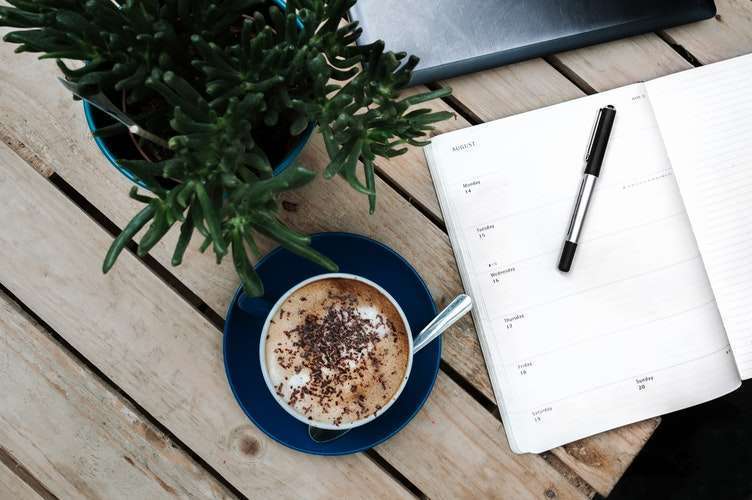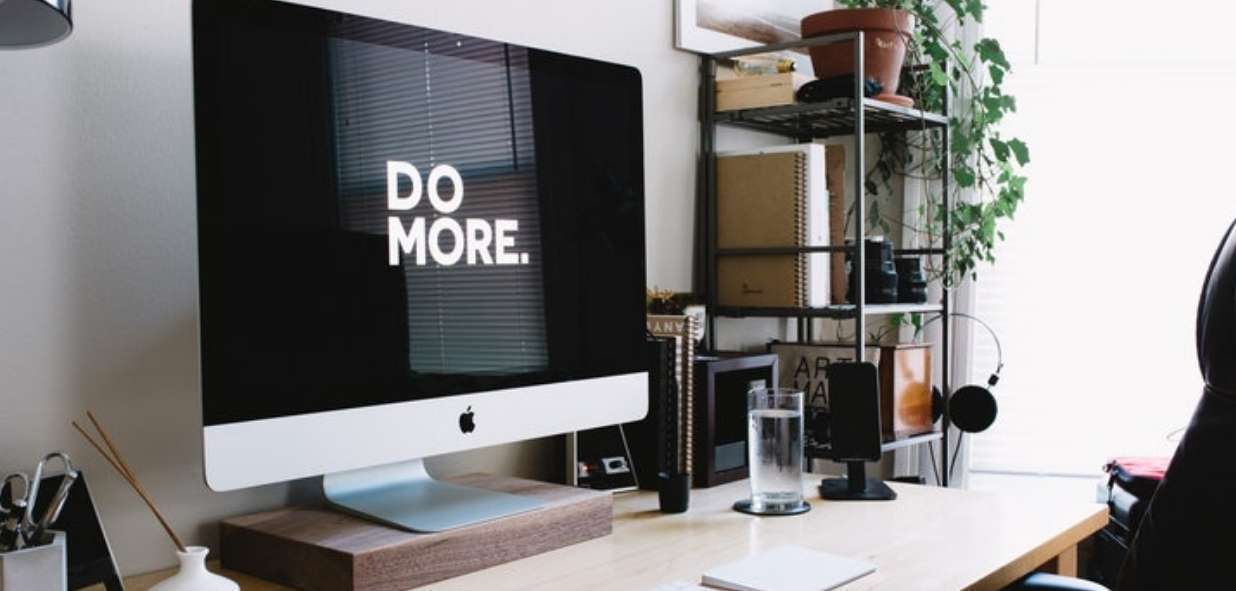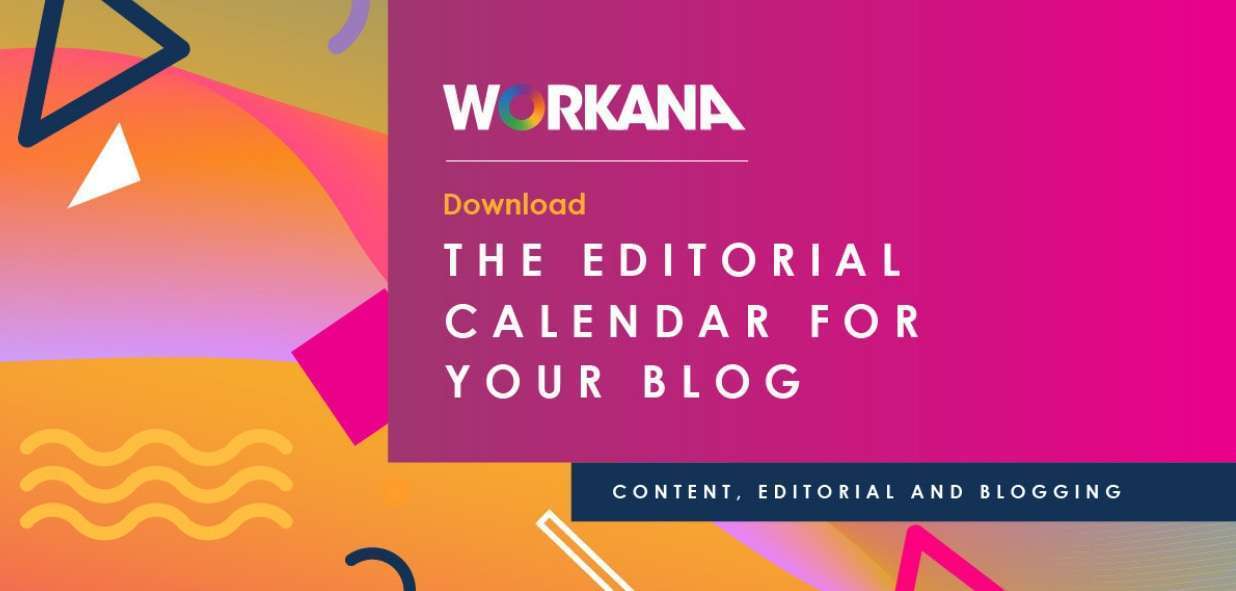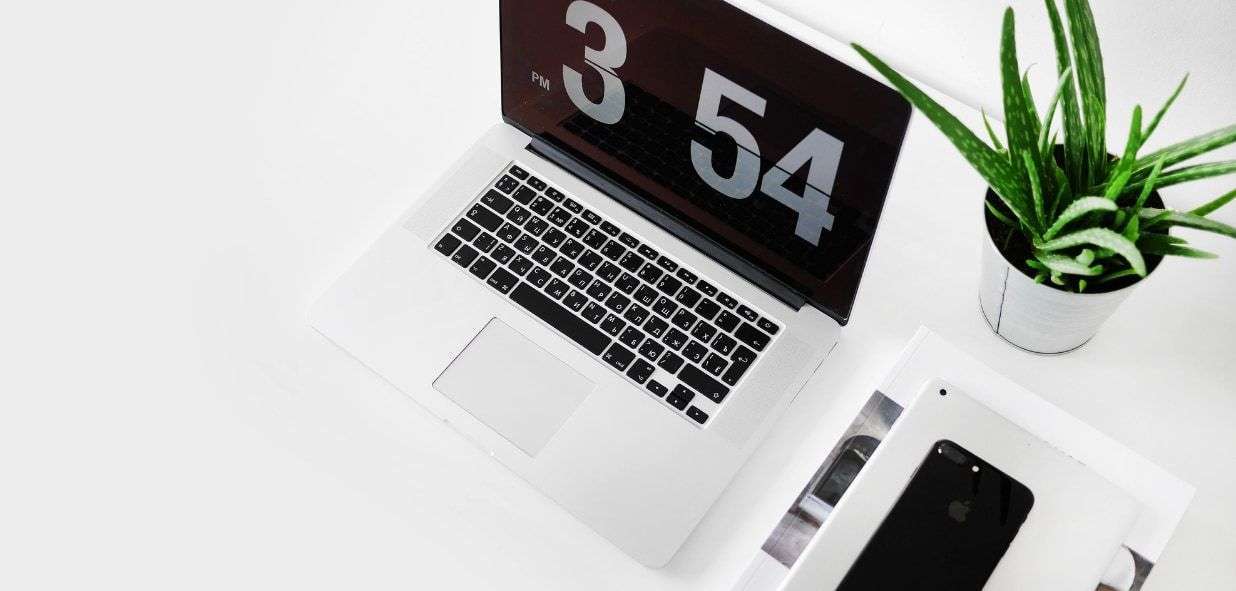Managing your time properly and optimizing production are key elements for any freelance professional. As maker of your own salary, you’re well aware of the fact that time is money… and productivity is really important.
But there’s a widely held belief that working as a freelancer basically entails staying at home in your pajamas, watching Netflix. It might happen of course that you get distracted with YouTube while completing a project, though any independent worker knows that work requires diligence and self-discipline.
However, too much coffee and reminders all over the house won’t make you more productive.
According to Ilyan Pozin, American entrepreneur and writer, in an article for Forbes, the most creative profiles, either self-employed or business people, are not concerned about staying up, being a mile a minute and doing many things at the same time. In his opinion, that is a mistake –and it would actually result in the opposite of productivity.
Really productive people are not focused on doing more, but on how to do everything they do efficiently. Even if that means doing less tasks along your day.
Losing focus is very easy when you work from home (or at a cafeteria, or as you travel around, etc.), because we’re surrounded by an ever-increasingly digital reality. And remote work deals directly with this type of tool. It’s not uncommon that, by the end of the day, freelancers feel they have not even completed half of their duties.
How should you deal with this frustration? How to be more productive? Well, there is no magic formula, but we’ve selected 12 practical methods that may help you become a more productive freelancer.
Below you’ll find actions and techniques that are useful for freelancers engaged on projects for different companies, and which you might actually find very helpful. Take a look!
1. Good management of social networks
Let’s start with the most controversial point –social networks. The key to using social media is being efficient.
Set a goal (in minutes) to spend on your social network. It’s usually recommended to spend half an hour on Instagram, Twitter and LinkedIn, for instance.
To read about general news, you may use some software such as Feedly, which lists all the news on the same feed. Then you won’t waste your time or run the risk of extra distractions.
If you use social networks daily as part of your job, remember you mustn’t check your personal profiles while working on content production or maintenance of those networks. To make new posts, use tools such as Buffer, which allows you to easily manage your accounts from different networks.
2. No multi-tasking.
Seriously. Shifting quickly from one task to the next doesn’t work. Focus on just one thing at the time, paying careful attention to it and putting forth your best effort to complete it.
Even if it’s a small task? Yes. Dedicate yourself to complete one task at the time and avoid leaving things unfinished.
Some research shows that people doing multiple tasks at the same time can’t stay focused, even when they’re completely disconnected. This undermines productivity, and also the brain starts losing the ability to focus.
Becoming familiar with techniques like mindfulness might be the answer to (re) learn how to focus on what you’re doing RIGHT ON THE MOMENT that you’re doing it.
American Professor Jon Kabat-Zinn, founder of the Center for Mindfulness in Medicine, Health Care and Society at UMass, defines mindfulness as the moment of awareness.
Thus, it is possible to pay attention on what you’re doing, keeping focus on the activity itself. Then you can start developing the sense that you got distracted as you were performing some task, “pushing” your focus back to work.
The idea is not “never think about anything” –that’s impossible, after all! But letting your work be your attention focus on that moment. That’s how your brain “filters” irrelevant information.

3. Strategic breaks
Plan your work so as to have a strategic break every two hours along your day. If you find it useful to employ some time management techniques such as Pomodoro, then start implementing them.
Wake up, walk around, get yourself something to drink, do something entirely different to reload. Yes, that means you’ll need an extra hour for your breaks, not including lunchtime. Those moments will help you reload your energy and increase your productivity significantly as you’re back to your work.
If you think it best to set alarms after longer time shifts, you can also do so. Check what works better for you, but don’t forget to include those reminders to take a break.
4. Avoid distracting elements
Close the door, turn off the phone and put your mobile away as you’re working. External distractions can cut down productivity really sharply and be a nuisance.
If you work in a specific room at your place, let everybody know that you can’t be disturbed within a given timetable. If you prefer, you may take your work to a quiet cafeteria or to a public library. That’s one of the biggest advantages of remote work.
Oh! If you have that possibility, leave your e-mail account out of connection as well –which takes us to the following step.
5. Organized e-mail
It’s complicated to be focused on some task if you keep getting incoming emails. The usual thing is to feel like answering as soon as possible and “solving” things at once. The idea, then, is to have one moment of your day scheduled just to read and answer messages, making proper management of your productivity as you check your inbox.
In order to do that, establish a specific time to organize the incoming messages and to pay proper attention when you answer.
6. Time to use Workana
The platform counts on a communication channel to contact your clients or chat with them directly and we know how important it is to keep alert at incoming messages. Besides, you need to read projects, send bids, etc.
So, just like it happens with the e-mail, it’s essential to save some time on your calendar to dedicate to Workana. If you access the platform on a well-organized basis, this won’t interfere with your daily productivity.
7. Proper use of calendars and planners
If you haven’t used your Google Calendar yet, it’s high time to think it over. You can schedule reminders and appointments in synch (on your phone and on your computer, for instance).
You can organize events and tasks with colors, dates or even invite participants by e-mail. You can also set an appointment through Hangouts, with your client –and everybody gets a reminder and a notice on the appointed time.
Do you want to get organized on paper too? Forget about the old appointment books and try the friendly designs of planners. Increasingly used, the big advantage of writing down your tasks on your planners is the possibility of visualizing your whole week at a glance. You’ll have a better idea of the distribution of tasks of the next few days too.

8. Useful apps
You may also make the most of those apps that help organize tasks and send reminders to your inbox about your deadlines for the day or the week.
Asana, for instance, is one of the apps most used by freelancers around the world, even by our remote team in Workana. Asana philosophy is a key point to its success, as its main objective is to increase productivity of work teams in general, either remote or in-person.
Asana synchronizes your actions both on its mobile version and on the desktop, allowing an excellent organization of tasks.
9. ‘Away’ Mode
Unless you’re using Skype or Hangouts to settle the details of some ongoing project, remember to keep your messaging apps in ‘Away’ mode while you’re working on a given task.
If necessary, you can use your phone. Sometimes we waste a lot of time exchanging messages when we could actually optimize communication by means of a simple phone call.
10. Dedicate your mornings to yourself
Tony Wong, project manager and expert on productivity, advises to use your mornings to concentrate on yourself. If you start off your day by checking your e-mails and your calendar, most probably the rest of your day will be conditioned by other people, and you won’t have an opportunity to allocate some time to your own needs.
Then, a great piece of advice is to kick off every morning with a good, nutritious breakfast, to give body and mind the energy needed to start the day. Then, you can meditate, do some yoga, go to the gym, run or go for a walk –basically, dedicating every morning to do something to add value to your life and help you keep healthier and to stay focused.
Remember deciding earlier which your first activity of the day will be, and choosing something that contributes to your well-being. Then, you’ll be ready to focus on your scheduled tasks.
11. Most complex tasks come first
Another good tip from Wong is that the most complex tasks should be performed before lunch, since in that period your brain has a natural tendency to feel ‘prepared to set off’. If you need to hold a meeting or a teleconference, it’s better to leave that sort of appointment for the afternoon.
Organizing your day like this, you’ll keep a much more productive work routine.
12. Drink water
Yes, I know that most of freelancers fall for caffeine when the time comes to drink something to help them stay up and focused. But all and every one of the cells in our organism need a good quantity of water to work at their best, eliminate toxins from our body and properly assimilate the nutrients we get through feeding.
And that’s not all: a survey by East London University shows that our productivity increases as we drink water. Researchers have found out that people are better at concentrating on their tasks when they drink enough of this precious liquid.
If you still are not used to drinking water daily, you can get an app like ‘Drink Water Reminder – Water Tracker & Alarm’, sending regular messages to remind you how much you need to drink along your day.

Now that you know how to increase your daily productivity, it’s time to look for new projects.
If you produce more and better, you’ll get more and better projects too, apart from building more and better opportunities to establish long-term relationships with clients. In Workana, you can find hundreds of clients searching for your expertise to develop their projects. Don’t lose your time and start right away!



